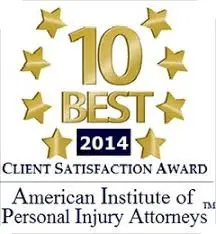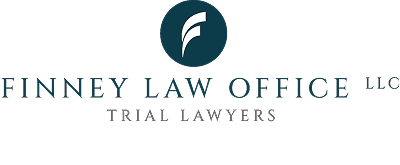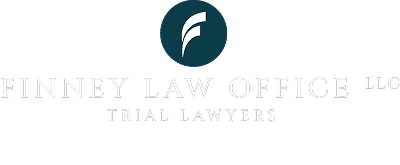
Traumatic Brain Injury, Pt. 3
Treatment
Type, duration and intensity of treatment for TBI depend on the severity of injury. An MTBI or concussion—once regarded by many sports coaches as “just part of the game”—should prompt an athlete’s immediate removal from play, evaluation by a doctor, followed by a period of sustained rest (duration to be determined by doctor) from physical and cognitive activities, including homework, computer games and even watching TV. Findings of recent neurological research suggest that the concussed brain is less responsive to its usual neural activity. When cognitive or physical activity is resumed prematurely, the brain is vulnerable to prolonged impairment. Some schools, including Clayton High School in St. Louis, have begun administering tests to all student athletes to establish a baseline of performance in areas of cognitive, motor and sensory function. If an athlete is suspected of having sustained a concussion, he/she is administered a follow-up test to compare results with baseline performance. If the test reveals a deficit in brain function, the athlete must continue to refrain from play and be medically monitored.
Treatment of TBI, whether mild or more severe, should begin with a thorough medical evaluation. Neuroimaging tests may be performed to determine the type, location and extent of injury. In moderate and severe cases, patients may need intensive care and life support to assist with vital functions that the brain cannot sustain, such as breathing, eating, and urinating. Fully half of all patients with moderate and severe TBI will require surgical intervention to reduce complications of TBI, such as swelling or bleeding within the brain or the skull.
Once a person with moderate to severe TBI has stabilized sufficiently, a team of specialists will begin working with him/her to facilitate recovery of as many activities of daily living as possible, such as speaking, eating, bathing, toileting, standing and walking. In some cases, therapists must teach patients how to do daily activities in a whole new way to compensate for brain damage. Often this period of post-acute rehabilitation takes place in a hospital unit specifically equipped to handle the needs of brain-injured patients or in a skilled nursing facility. The intensity of therapy must be calibrated carefully and readjusted as necessary to ensure that the patient’s brain is not being over-stimulated beyond its impaired capacity.
When the recovery period is anticipated as lengthy, a patient may be transferred to a special facility or program where he/she can continue making gradual gains toward recovery. This phase of treatment is called subacute rehabilitation. Services provided in subacute rehabilitation can range from round-the-clock rehabilitative and nursing care (usually in a nursing home setting), to outpatient clinics or even in-home health services. The aim of treatment at this phase—regardless of setting—is to facilitate the highest level of recovery possible through the coordinated assistance of a multi-disciplinary team of professionals, including speech, occupational and physical therapists, neuropsychologists (psychologists trained in evaluating and treating cognitive disorders and dysfunction), social workers, pastoral counselors and vocational counselors.

Why Choose Finney Law Office?
-
Personal Attention AlwaysWe intentionally limit our caseload so every client receives direct attorney involvement and individualized strategy.
-
Trusted in St. LouisWith decades of experience serving the St. Louis community, we’ve earned a reputation for integrity, skill, and results.
-
Innovative Focus GroupsWe strengthen cases through real jury-tested focus groups—an approach so trusted, other law firms ask us to run them.
-
Prepared for TrialFrom day one, we treat every case as if it’s headed to trial, building leverage for maximum recovery.
Alternative Treatments
Many TBI patients have found relief in using alternative therapies to complement traditional treatment. These include manipulative and body-based practices, energy medicine and mind-body medicinal therapies, such as medical massage. The Brain Injury Association publishes a list of alternative medicines used in brain injury which can be found in their Challenge newsletter. For more updates from The Brain Injury Association on, click the link below:
-
About Us
-
FAQ
-
Blog
-
Results





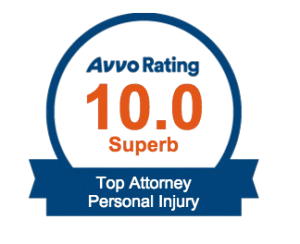
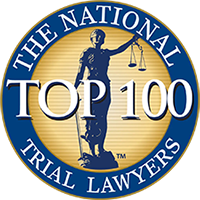

.png.2509120846195.webp)
